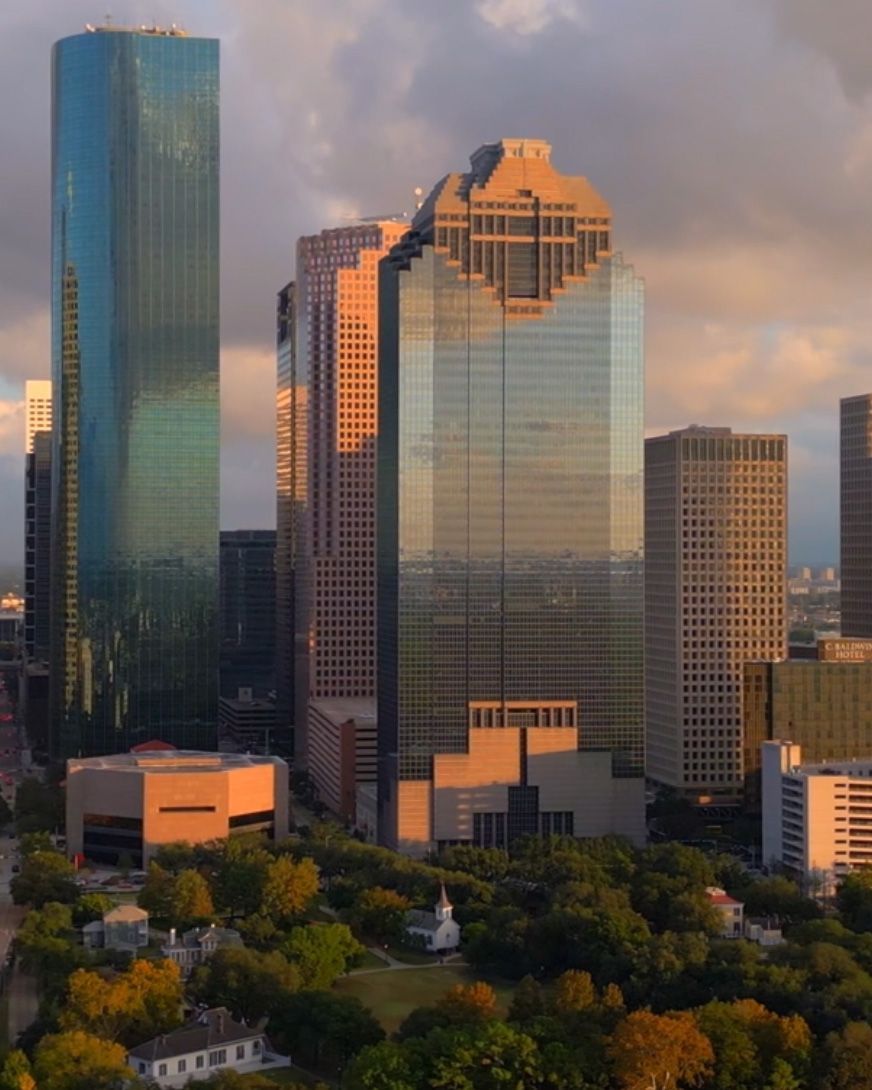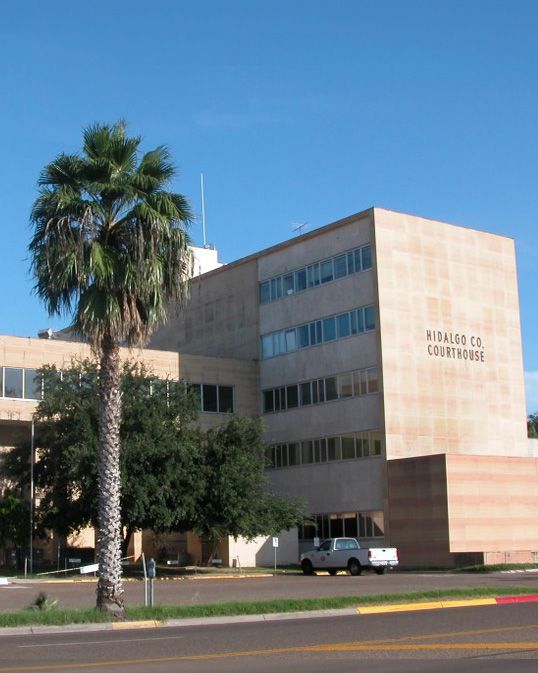Proving Fault in Stair Accidents
LAW BLOG •
If you or a loved one recently sustained injuries while falling down the stairs, you might have legal grounds for a personal injury claim. The laws of premises liability govern staircase accidents. Finding the party liable for your injuries is not always easy and may require an investigation by your attorney. The following considerations are some things your attorney might review when determining who is at fault for your injuries in a stair accident:
Slip and Fall Liability Basics
If you incurred injury in a slip and fall accident on another person’s property, all the following must apply:
- The owner of the property owed you a duty of care. In other words, you had a legal right to be on their premises. Business owners, private property owners, and owners of public property owe their patrons and visitors a duty of care.
- A dangerous or defective condition existed on the property that the owner was aware of or should have known about. On a staircase, this could be a spill, a worn spot on carpet, or an item at the top of the stairwell. It might even be inadequate lighting.
- Despite knowing about the defective condition, the owner of the property did not take reasonable steps to fix it, and that inaction led to your injuries.
The following elements make up the basics of a premises liability case, but it’s not that simple. The courts may also look at whether your carelessness was a contributing factor in the accident. For example, a patron who trips and falls on a piece of torn carpet while texting might share a small portion of fault in the accident. This is called the rule of comparative negligence and may affect your settlement amount. For example, if you incurred $100,000 in damages following a staircase accident, but the courts find you 10% at fault for an accident, you might only be able to collect $90,000.
Unique Considerations for Staircase Accidents
Determining liability in a staircase accident is generally more complicated than simple trip and fall accidents on level surfaces because of the inherent dangers involved. Staircase accidents generally cause more serious injuries and result in higher claims. Additionally, some staircase defects might not be immediately visible and will require a thorough investigation to determine fault.
The following examples might also inform your attorney’s investigation into your staircase accident:
- Were there handrails? These are not only important safety features, but some municipalities require them under building code. A violation of code is tantamount to negligence and could form the basis of a premises liability claim.
- Were the stairs the right height and depth? Building codes often set minimum rises and runs for stairs to protect people from falls. If stairs are too steep or too narrow, they could be defective. Again, this is a matter of building code, meaning an owner might be liable if the stairs fail to meet code.
- Slippery or wet conditions. Building owners must be extra cautious when maintaining their stairs in wintry or slippery conditions. When a buildup of ice or water contributes to an accident, the owner might be liable for failing to properly maintain it. Determining liability will be a matter of researching city law. Many cities, for example, allow 24 hours for owners to clear the snow and ice from their stairs and sidewalks in the event of a storm.
Staircase liability can be a complex matter. If you or a loved one suffered harm from a slip and fall or trip and fall accident, it’s essential to contact a premises liability attorney as soon as possible. Their legal services can help protect your right to compensation under the law.
The post Proving Fault in Stair Accidents appeared first on GES Injury Attorneys.
Every state limits the amount of time you have to file a claim.
Don't Delay.
Contact the Attorneys at Gordon & Elias, LLP Today to preserve your right to a recovery.
Contact Us
We will get back to you as soon as possible.
Please try again later.
100% FREE CASE EVALUATION
Free Consultation • No Fee If No Recovery



